QArm
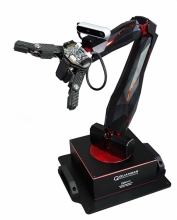
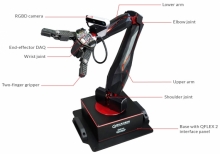
With Quanser's QArm, students get a systematic understanding of the design of robotic systems and concepts. Comprehensive studio-type course resources to motivate students and provide the basis for interactive challenges is included.
Quanser’s telepresence solution consists of a Quanser QArm manipulator along with a Quanser HD² High Definition Haptic Device. The open architecture design of the solution allows researchers to quickly develop and deploy emerging applications in telerobotics, telepresence, machine learning, assistive robotics, collaborative robotics, and more using MATLAB/Simulink.
Quanser’s QArm is a 4 DOF serial robotic manipulator with a tendon-based two-stage gripper and an RGBD camera, designed for modern engineering education and academic research applications. The HD² High-Definition Haptic Device is a high-fidelity haptic interface for advanced research in haptics and robotics.
The robotic manipulator of the solution, the QArm, consists of 4 joints in a roll-pitch-pitch-roll configuration, allowing for a large reachable workspace. The two-stage 5-contact gripper allows you to interact with objects of various shapes while gauging grip strength via current sense. The gripper can be augmented and customized with additional sensors and actuators via the interfacing board. The position of the RGBD camera enables you to perform inspection and visual servoing tasks. As a dexterous haptic device, HD² enables researchers to interact with remote environments using programmable force feedback. Compared to other commercially available haptic devices, HD² has a large workspace and very low intervening dynamics. This parallel mechanism is highly back-drivable with negligible friction. The heavy-duty capstan drive and high-performance motors reduce the perceived inertia while maintaining rigidity of the device structure.
The following additional components are required to complete your workstation, and are sold separately:


With Quanser's QArm, students get a systematic understanding of the design of robotic systems and concepts. Comprehensive studio-type course resources to motivate students and provide the basis for interactive challenges is included.
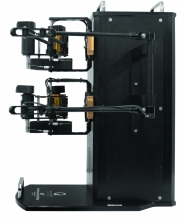
The HD² High-Definition Haptic Device is a high-fidelity haptic interface for advanced research in haptics as well as robotics. Combined with Quanser’s powerful control design environment, it provides a flexible development testbed for various emerging applications such as virtual medical simulators and teleoperation.
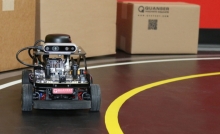
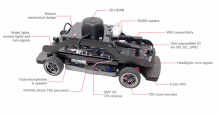

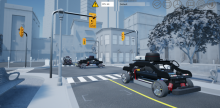



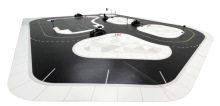
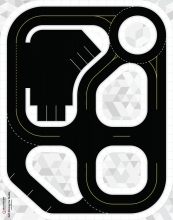

The Quanser Self-Driving Car Studio is the ideal platform to investigate various research topics for teaching and academic research in an accessible and relevant way. Use it to jump-start your research or give students authentic hands-on experiences learning about the essentials of self-driving.
